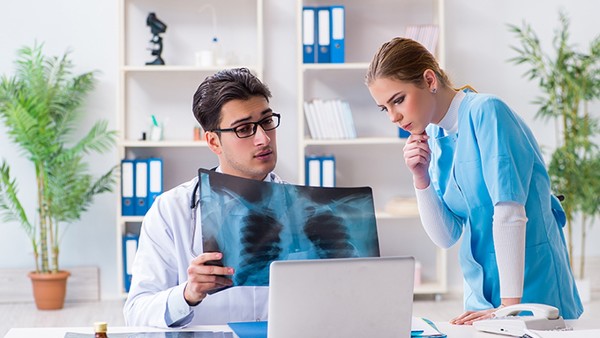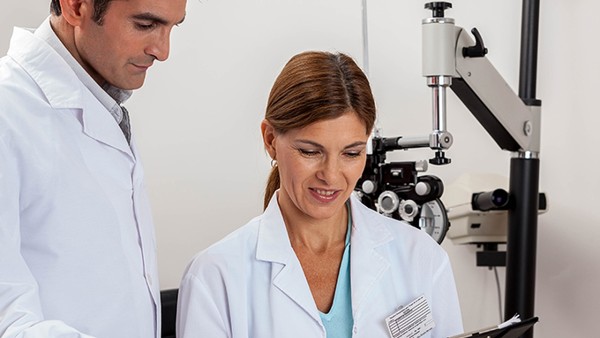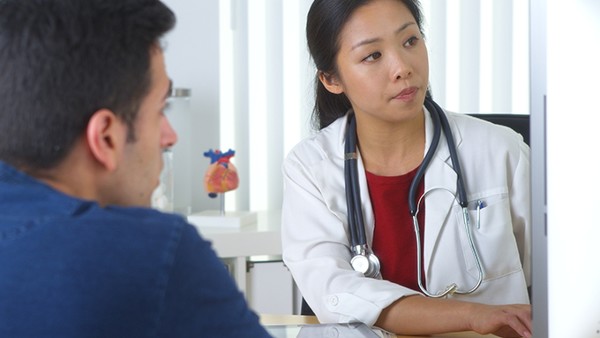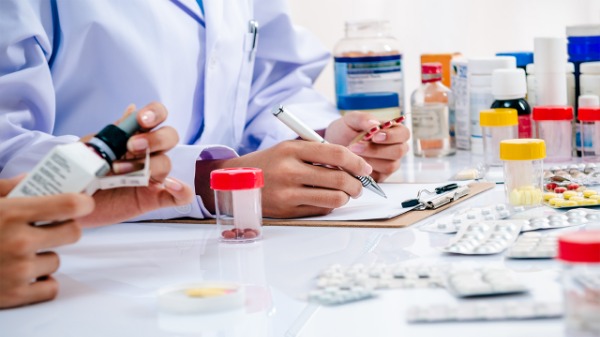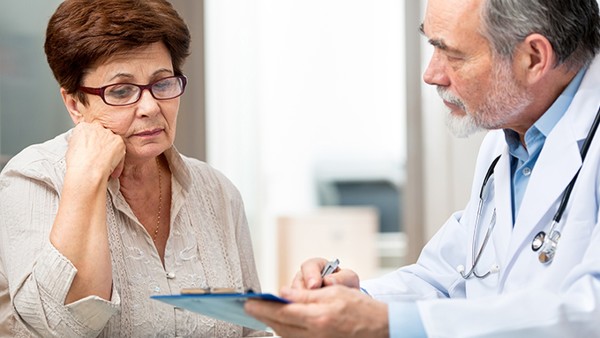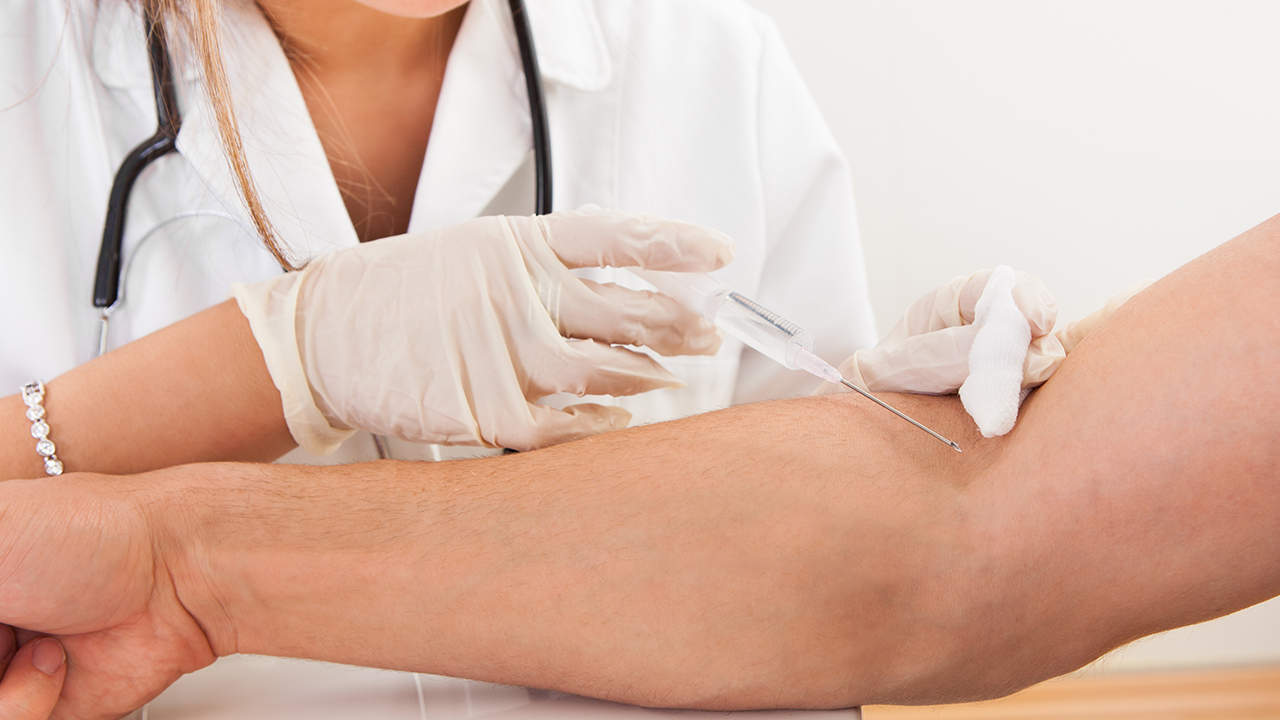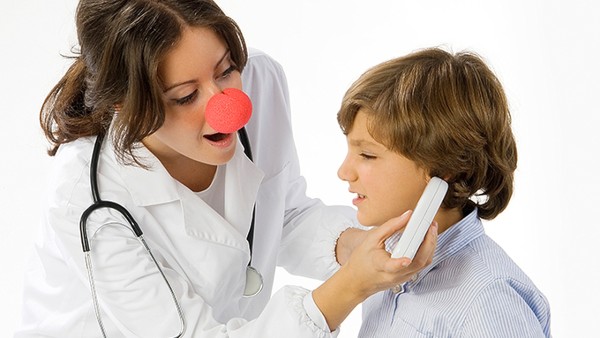How to Detect Warts Early

Warts are common skin growths that are caused by the human papillomavirus (HPV). They can appear anywhere on the body, but they are most often found on the hands, feet, and genitals. Warts are usually harmless, but they can be unsightly and uncomfortable. In some cases, they can also be a sign of a more serious medical condition.
There are many different types of warts, but they all have some common features. Warts are typically raised, round, and have a rough surface. They can be pink, white, or brown in color. Warts can be small or large, and they can occur singly or in clusters.
How to Detect Warts Early
The early detection of warts is important for several reasons. First, early detection can lead to early treatment, which can prevent the warts from spreading and becoming more severe. Second, early detection can help to rule out other more serious medical conditions.
Here are some tips for detecting warts early:
- Examine your skin regularly for any new growths.
- Be aware of any changes in the size, shape, or color of existing warts.
- Check your skin for any warts that are bleeding, crusty, or painful.
- If you are not sure whether a growth is a wart, consult with your doctor.
Symptoms of Warts
The symptoms of warts can vary depending on the type of wart. However, some common symptoms include:
- Raised, round, rough growths
- Pink, white, or brown in color
- Can be small or large
- Can occur singly or in clusters
- May be itchy or painful
- May bleed or crust over
Causes of Warts
Warts are caused by the human papillomavirus (HPV). HPV is a very common virus, and most people will come into contact with it at some point in their lives. However, not everyone who comes into contact with HPV will develop warts. Warts are more likely to develop in people who have weakened immune systems.
Risk Factors for Warts
There are several risk factors for warts, including:
- Weakened immune system
- Contact with someone who has warts
- Sharing personal items, such as towels or razors
- Walking barefoot in public places
- Having a history of warts
Genital Warts
Genital warts are a sexually transmitted infection (STI) caused by the human papillomavirus (HPV). Genital warts appear on the genitals and can be painful and irritating. They can be spread through vaginal, ***, or oral sex.
Periungal Warts
Periungal warts are a type of wart that occurs around the nails. They are often misdiagnosed as nail fungus. Periungal warts are difficult to treat and may require surgery.
Flat Warts
Flat warts are a type of wart that is common in children. Flat warts are small, flat, and flesh-colored. They can occur anywhere on the body, but they are most often found on the face, hands, and legs. Flat warts are usually harmless, but they can be unsightly.
Treatment for Warts
There are several different treatments for warts, including:
- Over-the-counter medications
- Prescription medications
- Surgery
- Laser therapy
- Cryotherapy
The best treatment for warts will depend on the type of wart, its location, and its severity.
Over-the-Counter Medications
Over-the-counter medications for warts contain salicylic acid or lactic acid. These medications work by peeling away the layers of the wart. Over-the-counter medications are available in liquid, cream, or patch form.
Prescription Medications
Prescription medications for warts contain stronger ingredients than over-the-counter medications. Prescription medications are available in cream, gel, or ointment form.
Surgery
Surgery is sometimes necessary to remove warts that are large, painful, or resistant to other treatments. Surgery can be performed in a doctor's office or a hospital.
Laser Therapy
Laser therapy is a treatment for warts that uses a laser to destroy the wart tissue. Laser therapy is a relatively painless procedure that can be performed in a doctor's office.
Cryotherapy
Cryotherapy is a treatment for warts that uses liquid nitrogen to freeze the wart tissue. Cryotherapy is a relatively painless procedure that can be performed in a doctor's office.
Prevention of Warts
There is no sure way to prevent warts, but there are some things you can do to reduce your risk of developing them:
- Avoid contact with someone who has warts.
- Do not share personal items, such as towels or razors.
- Wear shoes in public places.
- Keep your skin clean and dry.
- Strengthen your immune system by eating a healthy diet, getting regular exercise, and getting enough sleep.
- Use over-the-counter wart medications as directed.
The above is all the content that the editor wants to share with you. I sincerely hope that these contents can bring some help to your life and health, and I also wish that your life will be happier and happier.
Tags: #to #how #detect